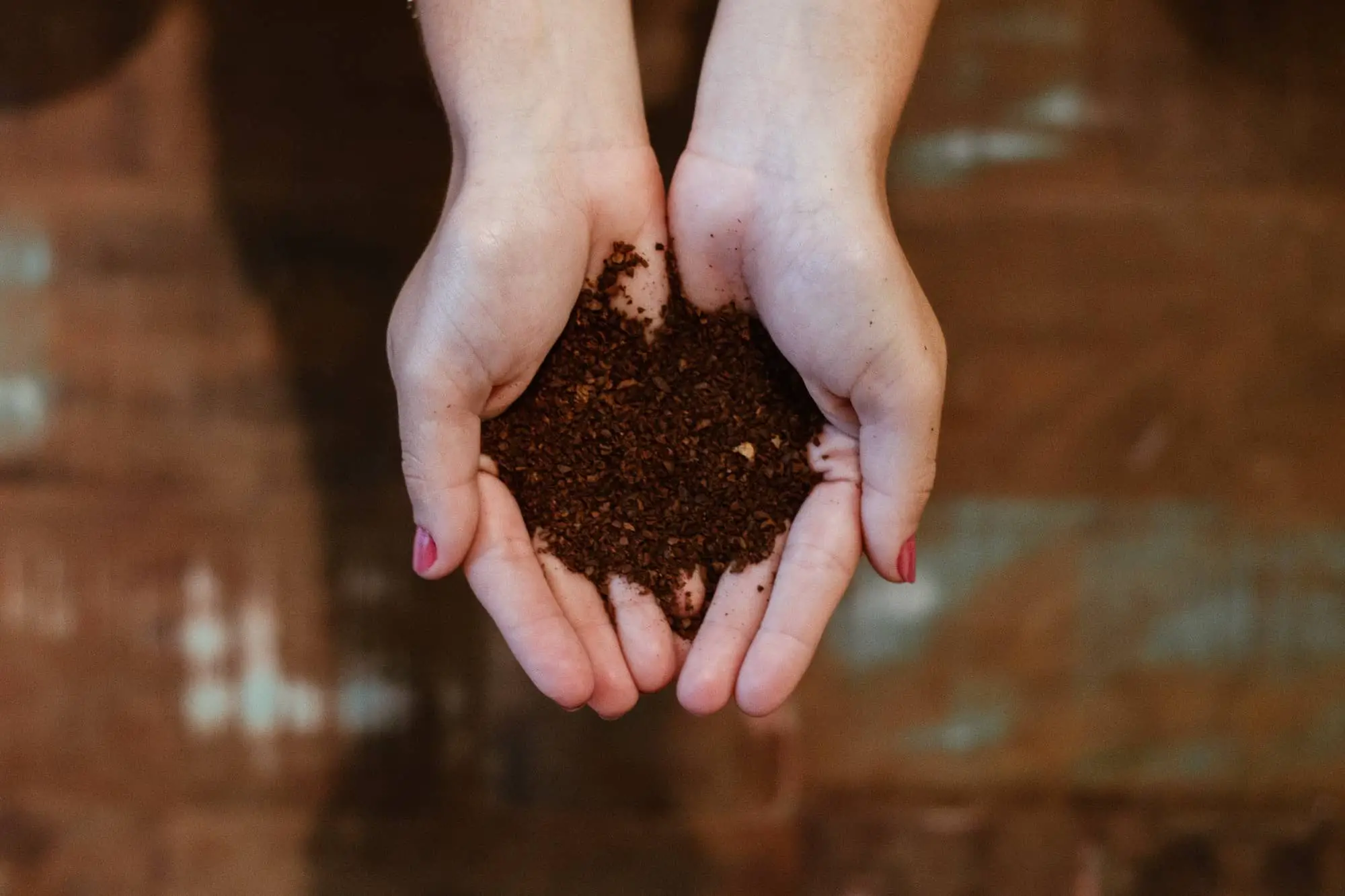When you think of composting, images of a gnarly pile of grass clippings and food waste. Therefore, it may be difficult to imagine that you would be able to start a compost pile while living in a small apartment. But not all compost piles are created equal.
While it is not practical to start a large compost pile in the middle of your living room, there are composting systems that are suitable for indoor environments. Some examples include compost tumblers and countertop food digesters. This compost can be used to fertilize your garden or indoor houseplants. If managed properly, these types of compost piles will not attract insects or rodents.
The rest of this article will define composting, outline benefits of composting, and discuss some products that will help you get started composting in your home.
About Composting
This means that the objective of composting is to transform food waste into a usable product – compost. Compost is organic material that has been broken down by microorganisms exposed to oxygen. Compost is made by bacteria, fungi, and microorganisms feeding on the carbon and nitrogen present in the food scraps and other items placed in the compost pile. These microbes are most active at higher temperatures (130°F – 140°F).
Composting is the highest form of recycling and the reuse of resources. What greater benefit can be had by mankind to perpetuate the living soil, which provides us with sustenance, food, and life, by returning and utilizing organic matter? What better utilization of organic wastes can be had than composting?
Eliot Epstein, Author, Former President and Chief Scientist at E&A Environmental Consultants, Inc.
In an outdoor environment, larger organisms such as earthworms, slugs, snails, millipedes, and sow bugs help break down the compost pile.
What can you compost?
According to the United States Environmental Protection Service, you can compost the following items:
- Fruit and vegetable scraps
- Eggshells
- Coffee grounds and filters
- Teabags
- Paper
- Leaves
- Dead houseplants
- Hay and Straw
- Woodchips
- Wool or cotton rags
- Fireplace ashes
- Hair or fur
Avoid composting pet waste and materials that have been treated with harsh chemicals. In addition, you should avoid composting meat, dairy products, or cooked foods that contain a lot of butter or oil. These types of food scraps can contain harmful pathogens or attract pests like rodents.
Browns and Greens
A successful compost pile will have a good balance of browns and greens.
Browns are dry materials that tend to be high in carbon. Some examples of browns include dry leaves, cardboard, pine needles, sawdust, twigs, or wood chips.
Greens tend to be wet materials such as fruit and vegetable scraps, used tea bags, coffee grounds, or fresh grass.
In general, you want to have more browns than greens because the dry browns will prevent your compost pile from becoming a wet puddle. Too much moisture can hinder the microorganisms’ ability to break down the waste in your compost pile. In addition, excess moisture (too many greens) can attract maggots to your compost pile which is undesirable, especially for indoor compost piles.
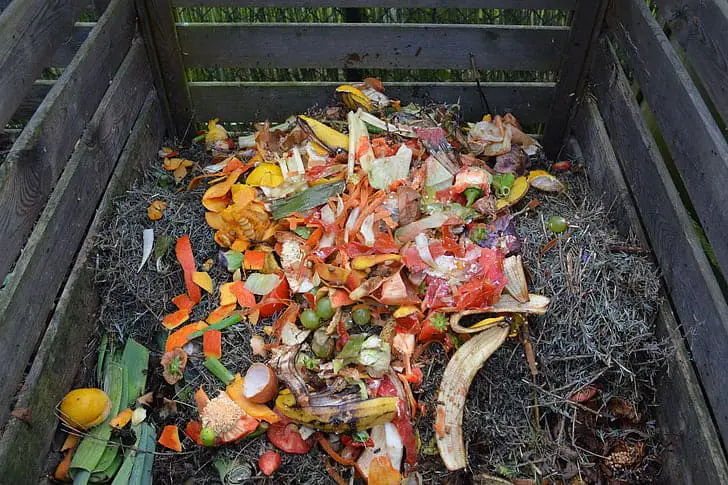
Benefits of Composting
Composting can seem, frankly, a bit gross. Although it does not take a significant amount of effort, there is some work involved in managing and harvesting compost piles. So why bother composting?
Compost is a fantastic soil amendment
Compost is essentially organic matter which means that it can be used to improve your plants’ health. However, compost does not contain all of the nutrients that plants needs. For this reason, compost should be considered a soil amendment rather than fertilizer.
Organic matter improves drainage and aerates clay soil very well. This is advantageous because well-draining soil and aeration improve plant growth. In addition, compost helps sandier soils retain moisture and releases nutrients more slowly. This allows plants to take up more nutrients.
Finally, compost also minimizes the chance of soil-borne diseases. Populations of microbes in some compost can out-compete harmful pathogens present in soil.
A study conducted by scientists at Washington State University evaluated whether compost could be used to restore soils disturbed by urban development. The results of the study found compost amendment rates of about one-third by volume would help establish landscape beds in humid, temperate environments with soils degraded by development. Rates of 15 to 25% by volume are suggested for lawn establishment (Cogger, 2013).
Reduce waste disposal costs
Composting can also save you time and effort with waste disposal. According to the United States Environmental Protection Agency (USEPA), the average American generates about 4.40 pounds per day. The USEPA estimates that approximately 24 percent of this waste can be composted.
Because you are adding food scraps and other items to your pile, you will not need to use as many garbage bags or make as many trips to the dumpster at your apartment complex.
Because of the potential cost savings of composting, some institutions are even starting their own composting programs. The University of Minnesota at Morris began a composting program in 2012. In 2014, a cost-benefit analysis was conducted and showed the benefits of composting justified continuing the program (Beattie, 2014).
Composting is good for the environment
Finally, composting is good for the environment. It reduces the amount of waste transported to a landfill. This reduces methane emission and minimizes leachate from landfills. Methane is a greenhouse gas and contributes to global climate change.
Compost Systems for Apartment Dwellers
Although apartment dwellers and other people living in urban environments may not have room for a large compost pile, there are still some composting systems that are suitable for indoor environments. Some of these systems are described below.
Worm Composting Bin
A worm composting bin, which is also known as a vermicomposter, can be easy to build and maintain in an indoor environment. Worm composting bins do well indoors because they will not freeze during the winter or get too hot during the summer.
The following video demonstrates how to build your own indoor vermicomposter.
Countertop Compost Bin
Another option is to purchase an coutertop compost bin. These types of bin come in cute designs and are sealed to minimize pest and odor issues. Countertop compost bins come with charcoal filters to keep your kitchen smelling fresh. Typically, they have enough room for several days of food waste.
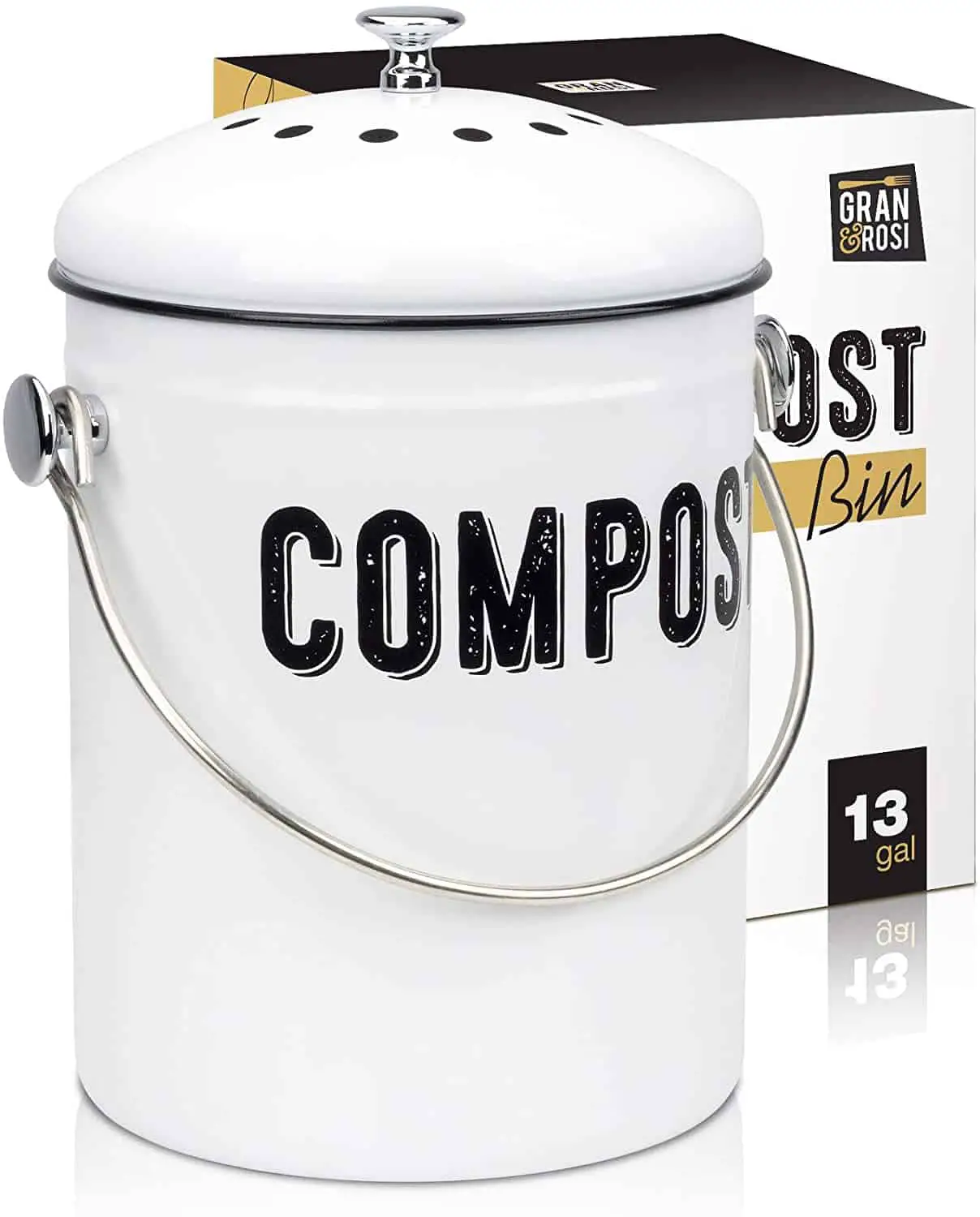
Countertop Food Digesters
These appliances essentially grind and heat food waste into a dry, dark fertilizer. Although countertop food digesters are not technically producing compost, they are producing a product that can be used in your home garden.
Compost Tumblers
If you have access to a balcony, a compost tumbler may also be a good option for apartment dwellers. Compost tumblers are larger than worm compost bins, but they are fully sealed to contain the heat generated by your compost. This fully sealed design minimizes odor and vermin problems.
Compost tumblers have a handle that allow you to turn the tumbler in order to aerate the compost.

Bokashi
Admittedly, Bokashi composting is not realistic for many apartment dwellers because this method involves burying compost byproducts for several weeks or even months. However, it is a popular method and worth mentioning.
Bokashi is a Japanese word that can be loosely translated to fermented organic matter. This means that Bokashi composting is not actually composting! It is a process that essentially pickles your kitchen scraps.
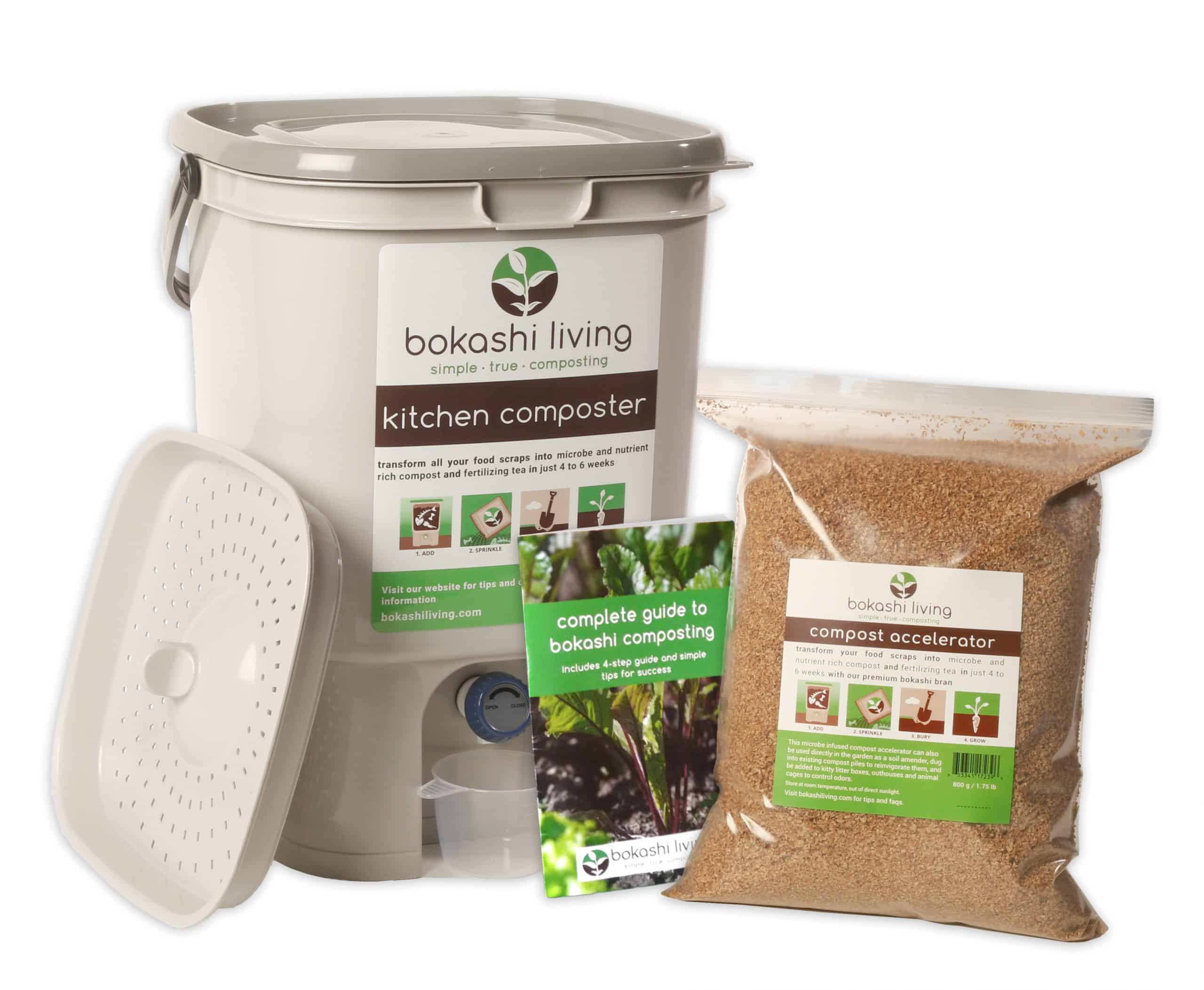
In short, Bokashi composting involves adding your kitchen scraps (even meat and dairy products) to a bucket containing a bran, grain, rice, or wheat mill incoulant. You then cover the scraps with more bran and cover the bucket. Bokashi composting is an anaerobic process, so it is important to cover the bucket! In two to four weeks, the fermenting process will be complete.
The finished product will not be fluffy, light compost. Your kitchen scraps will still be recognizable. So what do you do with this Bokashi compost? You bury it. After your kitchen scraps have pickled, either bury the Bokashi compost in the ground or in a larger planter (four parts soil, one part Bokashi). Keep in mind that Bokashi compost is acidic, so do not allow it to come in contact with plant roots when you bury it.
As an alternative to burying the Bokashi compost, you can use the byproduct as a “fuel” for your other compost bins.
Finished Compost
It can be hard to imagine (at least for me) that your cardboard and food scraps will transform into a substance that looks more like potting soil than a pile of trash in a matter of months. But that is exactly what happens!
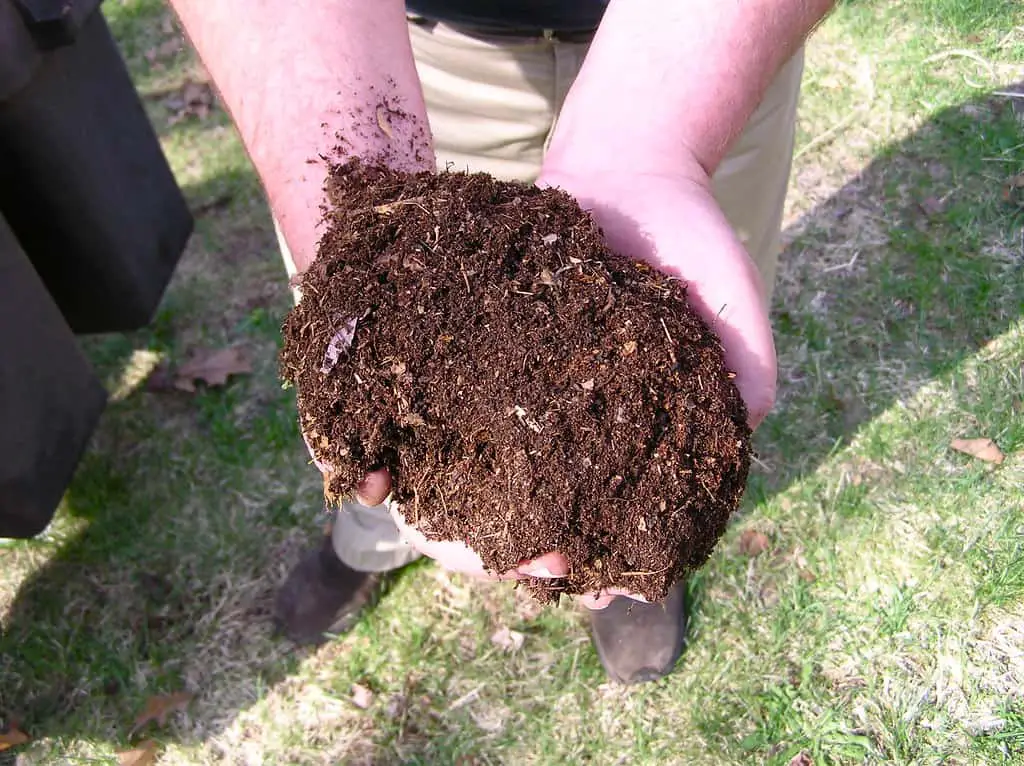
How do you know if your compost is finished?
Finished compost will look more like soil than a pile of rotting food. It will look very similar to potting soil. You will know your compost is finished when the pile is at an ambient temperature, has an earthy odor, and the components of the pile are unrecognizable.
The video provides a more detailed description of what to look for when you are determining whether your compost is ready to use.
How long does it take to make finished compost?
It will take two to six months before you have finished compost. If your compost is hot, you could have finished compost in two months easily. If you your compost is cold-made, it will take about six months before you have finished compost. It can take up to a year for everything to break down.
To keep things moving more quickly, it is important to turn your compost. This will keep the pile more aerated. In general, larger piles will compost more quickly.
How to harvest finished compost
Unfortunately, compost that is ready to harvest will fall to the bottom of the pile. This means that you will have to remove the top portion of your pile to access the compost that is ready to harvest. Once you have harvested the finished compost, simply put the unfinished contents back into your bin and continue adding new scraps on top.

